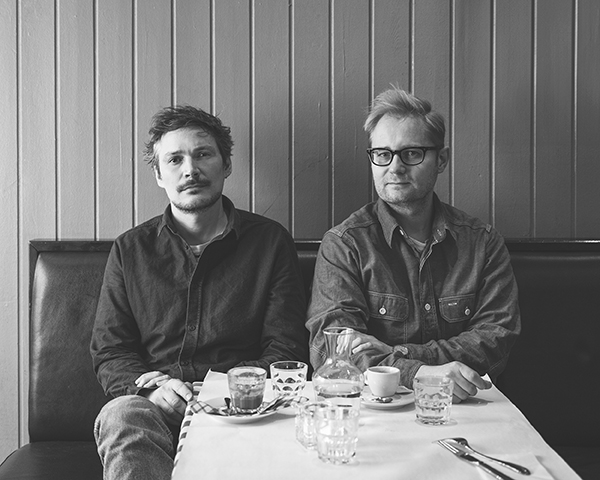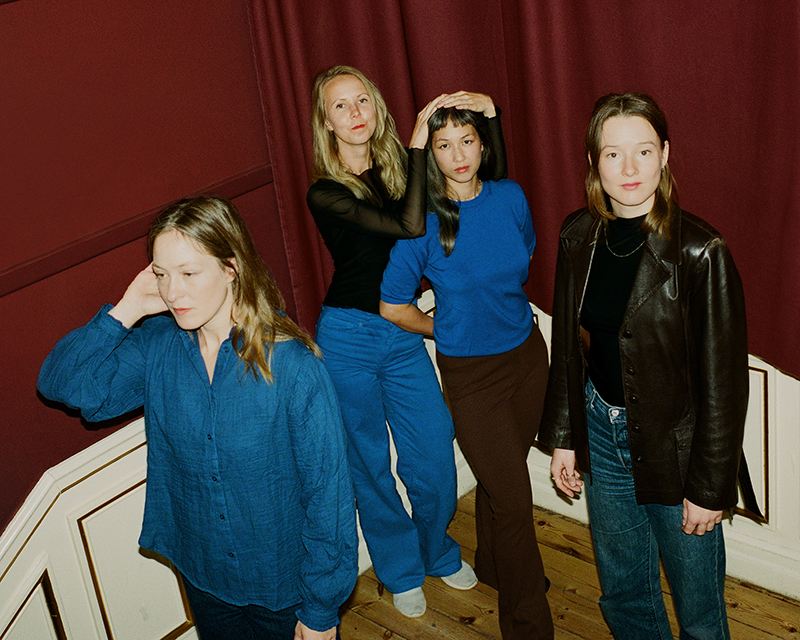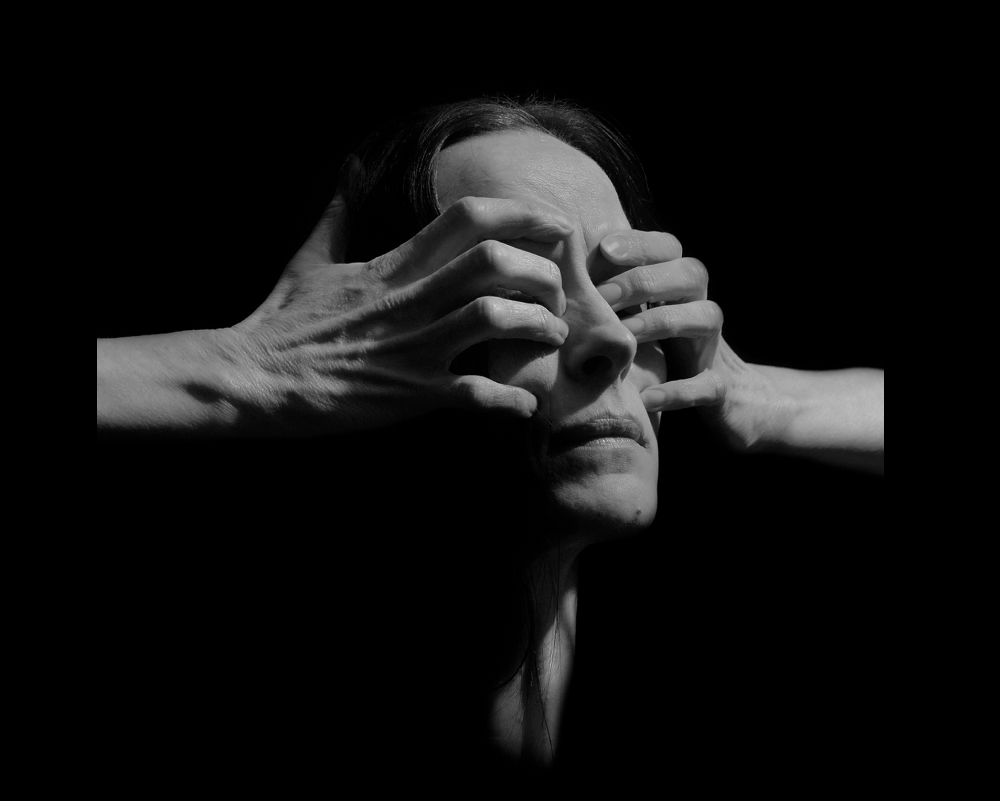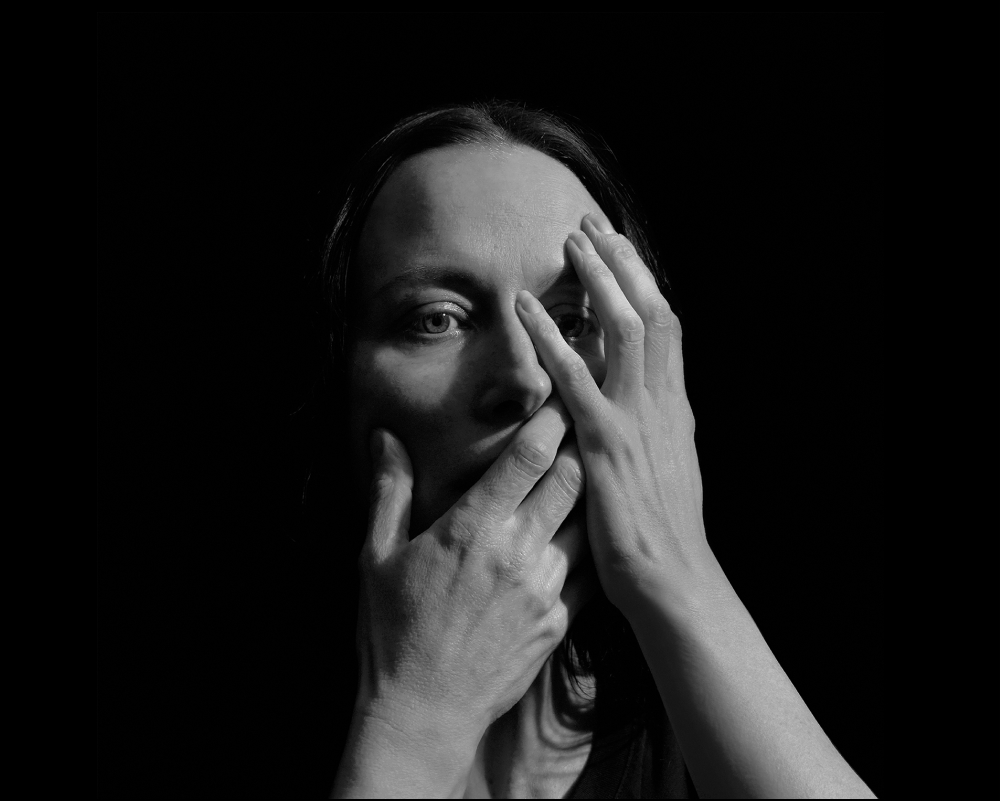Latest Releases
In the spirit of Piano Day, Emil Friis & Patricio Fraile have returned to their debut LP The Expected Sounds Of …
We’re excited to officially welcome Danish string ensemble Halvcirkel to the FatCat / 130701 fold. Today, they have released first …
Keeley Forsyth has today shared her new single, and video, Turning (feat. Colin Stetson). Following lead single 'Horse', released …
Keeley Forsyth has today announced her new album The Hollow. Marked by the release of a first single Horse …
Keep up with the latest news, features, offers and updates...
Recent Videos
TURNING
Keeley Forsyth
BIG CONGRATULATIONS
Holiday Ghosts
HORSE
Keeley Forsyth
BY PASTORAL LIGHT
Den Der Hale
Current Artists
1997-2024 © Fatcat Records
1997-2024 © Fatcat Records




































